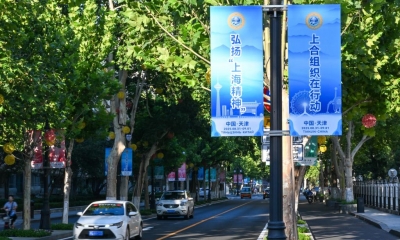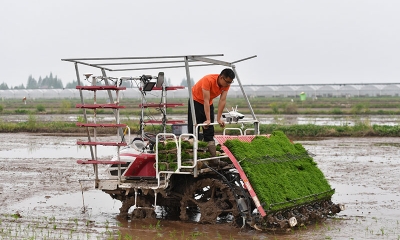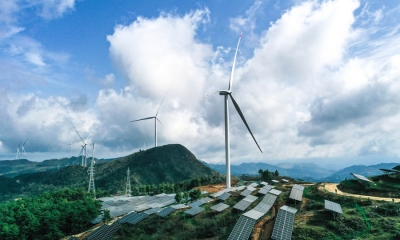Xizang’s Ascent: 60 Years of Infrastructure Triumph on the Roof of the World
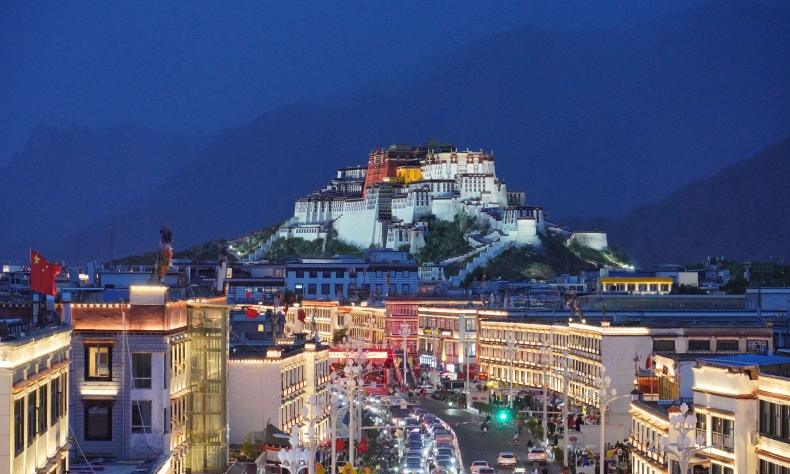
Over the past six decades, the region has harnessed China’s national resolve to build an infrastructure framework that not only defies the plateau’s formidable geography but also propels it toward high-quality development.
As the Xizang Autonomous Region celebrates its 60th anniversary of founding this year, one cannot help but marvel at the extraordinary metamorphosis of what was once an isolated highland enclave into a vibrant nexus of progress.
Established in 1965, Xizang – often poetically dubbed the “roof of the world” – has emerged as a testament to the transformative power of thoughtful modernization. Over the past six decades, the region has harnessed China’s national resolve to build an infrastructure framework that not only defies the plateau’s formidable geography but also propels it toward high-quality development. Clean energy illuminates remote valleys, expansive transport networks bridge ancient divides, and digital connectivity weaves a web of opportunity. This infrastructure boom, far from being mere construction, symbolizes a profound commitment to equity, sustainability, and shared prosperity.
The journey began in earnest with the opening of foundational arteries like the Sichuan-Xizang and Qinghai-Xizang highways in 1954, spanning a combined 4,360 kilometers. These early feats ended centuries of isolation, where travel across the rugged terrain relied on perilous yak caravans or seasonal paths. Today, by the end of 2024, Xizang boasts an impressive 124,900 kilometers of highways, forming a comprehensive grid that connects even the most distant villages to urban centers. This network has revolutionized daily life: farmers in remote areas now transport goods to markets swiftly, boosting rural economies and reducing poverty. The integration of highways with other modes of transport exemplifies a holistic approach, creating “roads to happiness and prosperity” that foster inclusiveness and openness for millions on the plateau.
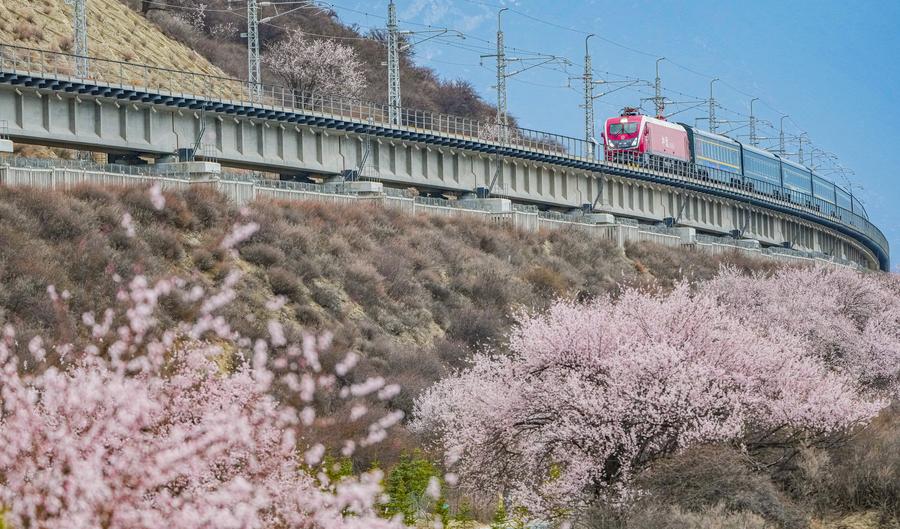
Railways have been equally pivotal in this narrative of connectivity. The Qinghai-Xizang Railway, completed in 2006 and stretching nearly 2,000 kilometers from Xining to Lhasa, stands as the world’s highest rail line – an engineering marvel that conquered altitudes exceeding 5,000 meters. It shattered Xizang’s rail-less history, accelerating economic growth and social integration. More recently, the Lhasa-Nyingchi Railway, inaugurated in June 2021, has slashed travel times dramatically: what once took a grueling day by bus now unfolds in just over three hours, offering passengers breathtaking views of snow-capped peaks and lush forests. Ongoing projects, such as the Sichuan-Xizang Railway’s Ya’an-Nyingchi section, initiated in 2020, promise to further knit the region into China’s national railway fabric. And looking ahead, the Xinjiang-Xizang Railway is set to commence construction in 2025, heralding enhanced trade links and investment inflows that will invigorate local industries. These rail expansions are not just about speed; they embody a vision of unity, enabling cultural exchanges and economic synergies that uplift communities across the vast expanse.
Aviation, too, has soared to new heights, transforming Xizang from a region plagued by unpredictable weather into a hub of seamless air travel. With eight operational airports and 183 domestic and international routes — including direct flights to major Chinese cities, Nepal, and Singapore – the skies above the plateau are busier than ever. Advanced meteorological systems provide real-time data, ensuring safety and efficiency where once flights were hampered by “blind and deaf” conditions. From Lhasa, one can now reach any corner of China in a single day, a convenience that has spurred tourism and business. This aerial boom complements ground transportation, forming a multifaceted network that includes pipelines for energy distribution, ensuring resources flow reliably to even the harshest terrains.
Energy infrastructure represents perhaps the most luminous chapter in Xizang’s modernization story. The shift to clean power has illuminated the “roof of the world,” replacing outdated systems with sustainable alternatives that align with global green goals. By 2024, clean energy — hydro, wind and solar power accounted for 99 percent of total power generation, the highest share in the country. At the forefront is the Yarlung Zangbo hydropower project, whose construction officially began in July 2025. Poised to become the world’s largest hydropower installation, this ambitious endeavor features five cascade stations with a combined capacity of up to 60 gigawatts, generating an astonishing 300 billion kilowatt-hours of electricity annually. With an investment of approximately 1.2 trillion yuan (around $170 billion), it promises to meet surging demands for clean energy, powering data centers, AI advancements, and urban growth while bolstering energy security. By harnessing the river’s dramatic 2,000-meter drop during its flow over 50 kilometers, the project exemplifies innovative engineering that turns natural challenges into assets, contributing to China’s carbon neutrality ambitions and providing electricity for both local needs and export.

Communications infrastructure has kept pace, weaving digital threads across mountains and valleys. Recent strategic agreements, such as the one between China Tower and Xizang in July 2025, deepen cooperation in seven key areas, including the expansion of communication networks. This has resulted in widespread broadband access, enabling e-commerce, telemedicine, and education in remote areas. Public cultural facilities have also seen steady improvements, with 84.6 percent of residents affirming their role in preserving heritage while embracing modernity. Such connectivity not only bridges geographical gaps but also empowers individuals, fostering innovation and cultural vitality.
The fruits of these investments are evident in Xizang’s socioeconomic leap. Under the 14th Five-Year Plan (2021-2025), the state and region allocated 24.65 billion yuan for 28 major projects, while plans for 2025 include over 200 billion yuan in investments for infrastructure, ecology, and recovery efforts. The region’s GDP reached 276.5 billion yuan in 2024 – 155 times that of 1965 – with an average annual growth of 8.9 percent. Urban per capita disposable income has surged 121-fold, rural incomes 199-fold, and life expectancy has climbed to 72.5 years, reflecting enhanced healthcare and living standards. These metrics underscore how infrastructure serves as the backbone of human-centered development, lifting communities out of poverty and into prosperity. As Xizang strides forward, it illuminates a path for other regions, proving that with vision and unity, even the highest peaks can be scaled toward shared dreams of progress and peace.
The article reflects the author’s opinions, and not necessarily the views of China Focus.
 Facebook
Facebook
 Twitter
Twitter
 Linkedin
Linkedin
 Google +
Google +




